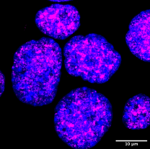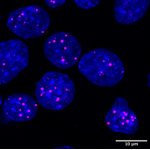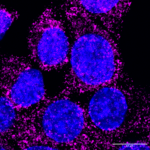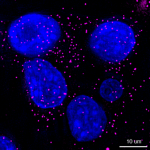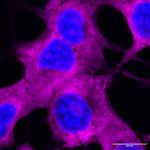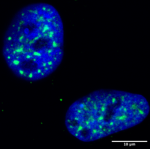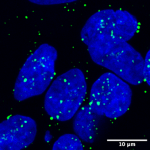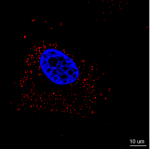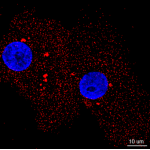New Customers Sepcial: Get 15% off, use the code "NEW15" at checkout. Shop Now!

FISH Probe
A FISH (Fluorescence In Situ Hybridization) probe is a fluorescently labeled DNA or RNA sequence designed to bind to a specific region of genetic material within cells or tissues. When applied to a sample, the probe hybridizes to its complementary sequence, and the fluorescent signal can be visualized under a fluorescence microscope. This technique enables direct detection and localization of genes or chromosomes within intact cells.
FISH probes are widely used in both clinical diagnostics and research. They can help detect genetic abnormalities such as chromosomal translocations, deletions, duplications, and gene amplifications. For example, FISH is commonly used to assess HER2 gene status in breast cancer, identify chromosomal disorders like Down syndrome (trisomy 21), and detect gene fusions in leukemia. In research, FISH helps study gene expression, chromosome structure, and genome organization at the single-cell level.
Detailed FISH Probe Protocol can be found here: FISH-probe-procedure-Adherent-Cells.pdf


